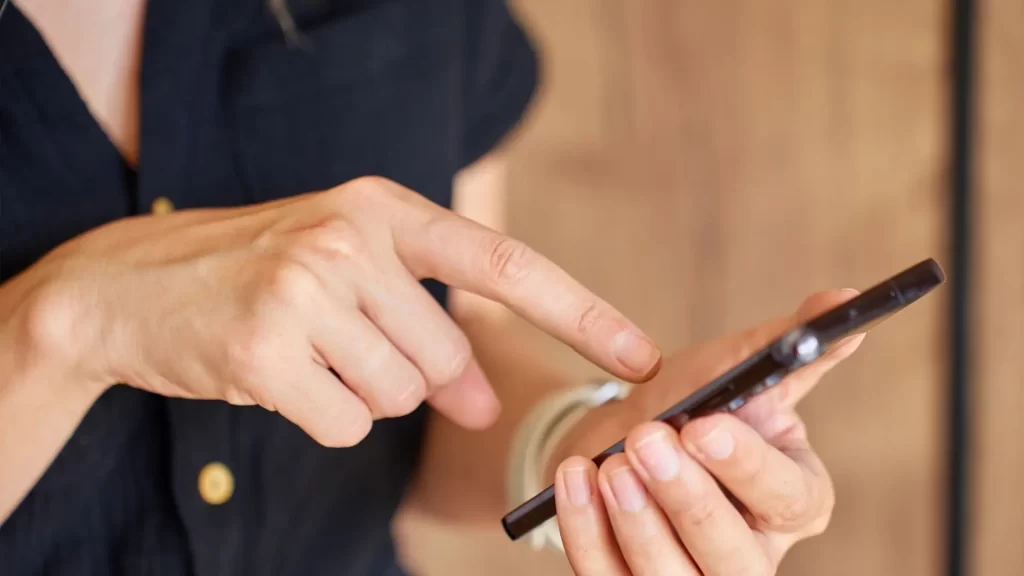Being reachable used to mean being close. Today it means being on call for everyone, all the time. Messages pile up, blue ticks expose us, and silence is seen as failure. We didn’t choose this system, it crept in quietly. Now we’re left asking: when did availability replace presence?
The collapse of boundaries
Once, time offline was sacred. Now, the moment we’re “seen” online, we’re expected to be responsive. Free hours aren’t really free, they’re treated as open slots for replies, updates, favors, and follow-ups. Rest has become another mode of service.
Responsiveness as social proof
Quick replies signal care; late ones are read as neglect. Responsiveness has become a shorthand for love, professionalism, reliability. But in truth, most of us aren’t careless, we’re simply stretched too thin. Ghosting isn’t always rejection; often it’s exhaustion.
The hidden cost of ings
Each notification pulls us into micro-performances: worker, friend, partner, sibling. Switching between these roles dozens of times a day leaves fragments of attention scattered everywhere. Psychologists call it “attention residue”, that sluggish mental hangover that lingers long after you switch tabs, apps, or selves.
Why we’ve reached the limit
The human brain was never built for constant reachability. Presence means depth, not speed. And yet, our culture has equated love, loyalty, and competence with how quickly we can type back. This system doesn’t collapse in one dramatic crash, it erodes us slowly, through a thousand buzzing reminders.
A small rebellion
Maybe the way forward isn’t logging off forever, but setting clearer rhythms:
- Reply when you can, not when you’re seen.
- Flag your boundaries simply (“I’ll get to this later”).
- Redefine care as attention, not immediacy.
Being always reachable is not the same as being truly present. Perhaps the real act of connection is learning to say: I’ll respond when I’m ready.















